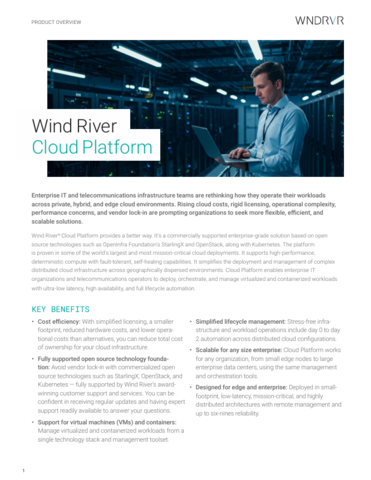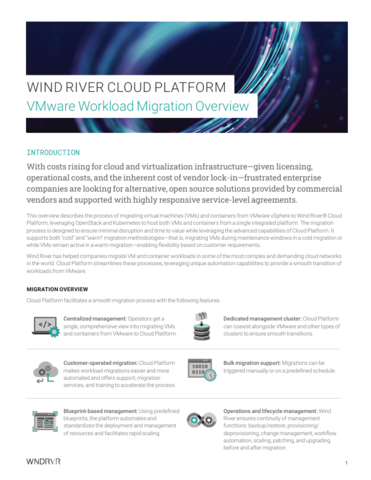Why poor digital adoption hurts the employee experience
Sponsored by UserlaneSuccessful digital transformation is more than just a tech issue – it’s a people issue, too
Digital transformation was once a choice that companies took to gain a competitive advantage. However, the world of work has evolved rapidly in recent years and software adoption is becoming a non-negotiable necessity.
Increasing numbers of roles involve software use, with employees often working with a large number of different applications. As more and more traditional jobs are replaced by automation, new digital-focused roles will emerge – and businesses will need to be ready to fill them.
Digital adoption underpins this process of digital transformation. It is all about helping staff accept, use and maximise new tools and technologies. The success of digital adoption is not measured by the time spent on working but by the efficiency and quality of the outcomes achieved thanks to better technology use. This is because when technology is easy to use, employees can work smarter, not harder – and this, crucially, improves their overall experience at work.
This makes successful digital transformation more than just a tech issue. Ultimately, it’s a people issue.
The scale of the digital adoption challenge
At Userlane, we know from conversations with our customers that poor digital adoption is a common business challenge, affecting their productivity and employee experience as well as increasing IT costs and generally putting a strain on internal resources.
To really understand the scale of this problem, we recently commissioned extensive surveys of both UK business leaders and their employees. We found that almost all (96 percent) businesses have faced challenges from poor digital adoption and just one-third (37 percent) rate their employees’ adoption of software as “Excellent”.
Shockingly, around one-quarter of business leaders (24 percent) said their new software implementations meet the desired objectives less than half the time due to poor digital adoption and related factors. These businesses are clearly not making the best return on their investment and are, contrary to the purpose of digital transformation, actually losing both time and money.
Shaping the employee experience
The employee experience suffers massively when digital adoption goes wrong. We found that 81 percent of employees use software every day in their jobs, while all use it at least once a week. Almost nine in 10 (88 percent) staff agree that a frustration-free software process is key to their happiness and productivity at work.
Yet four in 10 (40 percent) feel frustration “often” or “all the time” when using software and just under half (44 percent) postpone tasks regularly as a result (inevitably, many won’t be completed properly, if at all).
This is causing huge productivity problems. With one in three employees (36 precent) admitting they lose at least an hour each week addressing software-related issues, millions of working hours are being lost weekly on a national scale. Meanwhile, the average worker only ever uses 40 percent of the features in the digital applications made available to them, making for very poor delivery of possible benefits.
Complaining to colleagues and bosses, waiting for IT support, delayed jobs and attempting to remedy problems themselves all erode productivity further and worsen the employee experience. The research even found that 8 percent of staff have considered leaving their job over software-related frustration.
While that might sound low, nearly one in 10 employees thinking about quitting in the middle of the Great Resignation and spiralling staff shortages is still a worrying minority for any business. The number of employees leaving because of anxiety and burnout created by software (which is intended to speed tasks and eliminate difficult, onerous and repetitive ones) should be zero.
And it isn’t just a case of “dinosaurs being put out to grass”. Contrary to the popular idea of a digital divide, younger people are more commonly exasperated by technology than older colleagues. Digital adoption is a challenge that spans the generations – and every employee deserves equal support.
Very few are equipped to learn new software and navigate issues on their own. This creates time-consuming tasks, with a challenge for the employee quickly becoming a mountain of support tickets for the IT team and a headache for leadership.
Suffering from app overload
In the new world of hybrid work, staff are at greater risk than ever of app overload.
IT departments tend to bear the brunt of employee and managerial frustration but they often lack the capacity or capability to provide in-house training and tech support, especially on a large scale. Ultimately, employers must recognise that the digital experiences they provide shape their company culture and should therefore be treated as a boardroom priority.
Here are some quick tips to start improving digital adoption in your business today:
- Offer a range of software training options. A blended approach incorporating traditional and leading-edge techniques is best for staff. Everyone learns differently and there’s no silver bullet for effective digital adoption.
- Consider using a digital adoption platform (DAP) to help the process. DAPs work with web-based applications to provide embedded, interactive training for employees. They reduce the cost and effort of traditional training by encouraging independent, continuous learning.
- Don’t make digital adoption the sole responsibility of one team or department. It must be a company-wide strategy, not just the IT team’s domain. Forward-thinking businesses must allocate internal resources and create task forces to manage the impact of digital transformation on their staff.
- Listen to and communicate with employees. By communicating clearly with employees about their digital needs and choosing the right products to meet them, you can ensure stronger buy-in from the outset.
- Measure digital adoption. Put a reporting system in place to track the rate of digital adoption among employees. You can also harness product analytics within software applications themselves to better understand user behaviour and potential adoption obstacles.
With Userlane, anybody can instantly use any software without formal training and support. Our award-winning DAP delights employees and customers around the world by enabling seamless software experiences.
To find out more, book a demo with us or read our State of Digital Adoption Report
By Hartmut Hahn, CEO and Co-Founder, Userlane

Business Reporter Team
Most Viewed
Winston House, 3rd Floor, Units 306-309, 2-4 Dollis Park, London, N3 1HF
23-29 Hendon Lane, London, N3 1RT
020 8349 4363
© 2025, Lyonsdown Limited. Business Reporter® is a registered trademark of Lyonsdown Ltd. VAT registration number: 830519543





